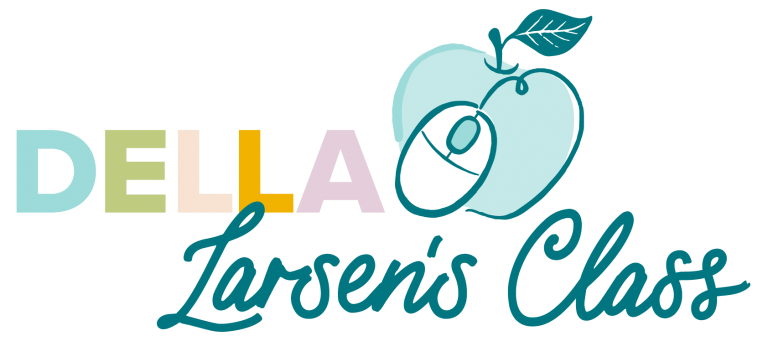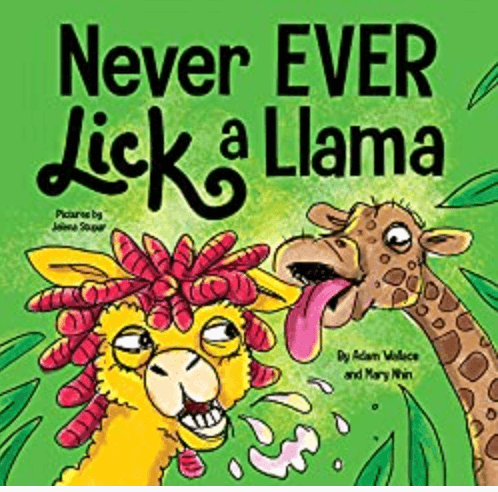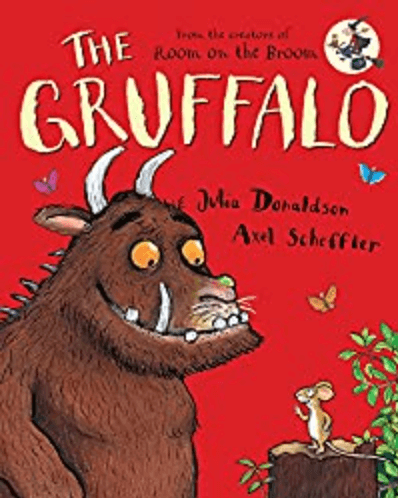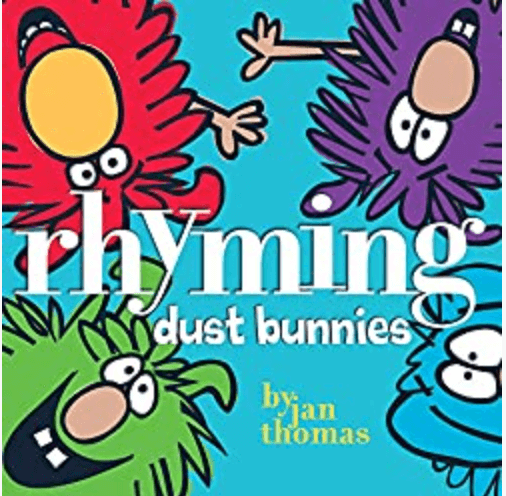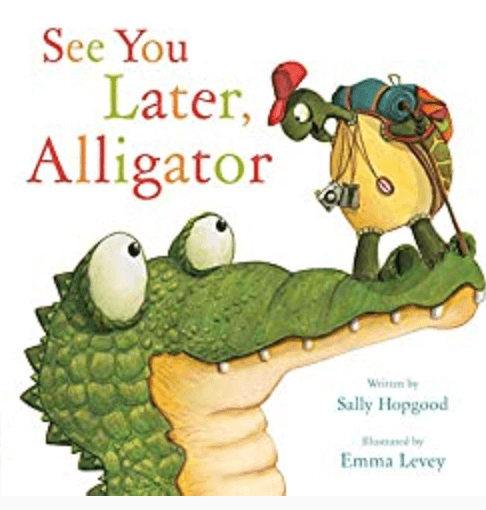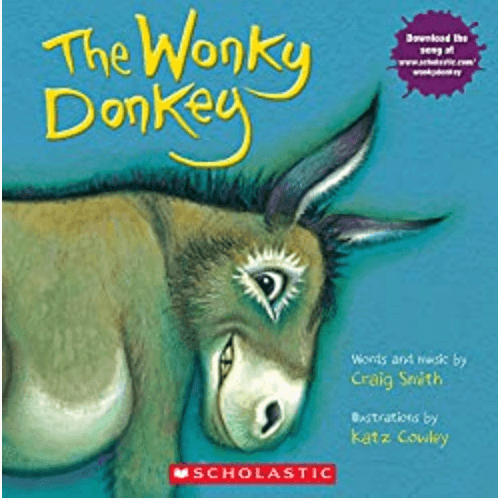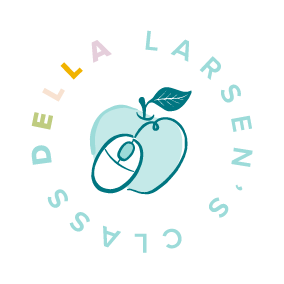How to teach rhyming to beginning readers.
Knowing our students’ ability to rhyme is a powerful tool for teachers.
 Knowing about a child’s ability to rhyme or not, can give us a heads up to keep an eye on the student. However, of all the phonemic awareness skills the ability to rhyme is not as valuable an indicator as being able to isolate segment and blend phonemes so we need to assess all the phonemic awareness skills. Understanding our student’s ability to rhyme can help us identify students we may want to keep a close eye on.
Knowing about a child’s ability to rhyme or not, can give us a heads up to keep an eye on the student. However, of all the phonemic awareness skills the ability to rhyme is not as valuable an indicator as being able to isolate segment and blend phonemes so we need to assess all the phonemic awareness skills. Understanding our student’s ability to rhyme can help us identify students we may want to keep a close eye on.
Grab a phonemic awareness checklist here
When a kindergarten student shows an ability to rhyme it tells the teacher that the student is able to discern the difference among sounds. It is a pre-reader skill that helps our kindergarten and preschool students stay engaged. Rhyming is silly and young children enjoy the fun of rhyming.
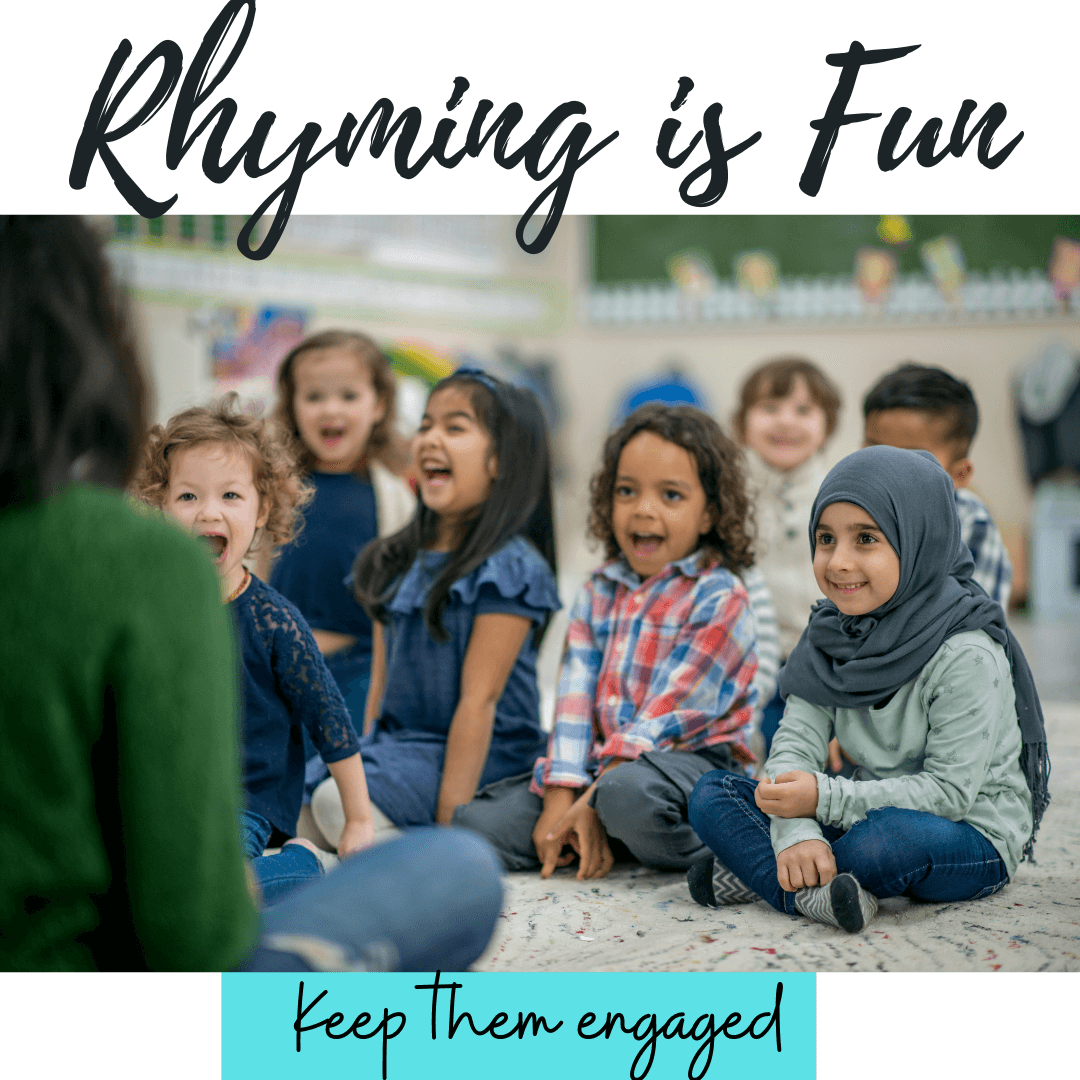
Rhyming helps beginning readers to notice the sounds in the word.
The silly words draw their attention to the phoneme and not necessarily the meaning especially if we rhyme with nonsense words.
Rhyming teaches about the structure of oral language.
By exposing our kindergarten and preschool students to the rhythm of language we help them make predictions about words and gives them decoding skills.
So break out the silly rhyming books and start your morning meeting with a poem. Get silly with rhyming name games it may all seem like fun and games but we are actually helping our students form those crucial phonemic awareness skills that they will need to be successful readers.
Here are some of my favorite rhyming books.
Never Lick a LLama by Adam Wallace
The Gruffalo By Julia Donalson
Rhyming Dust Bunnies by Jan Thomas
See You Later Alligator by Sally Hopgood
I dare you to watch this grandma read this story and not laugh. This is what rhyming should do, make you laugh and feel happy and silly. Bring on the fun while building phonemic awareness skills.
Shop for rhyming resources
